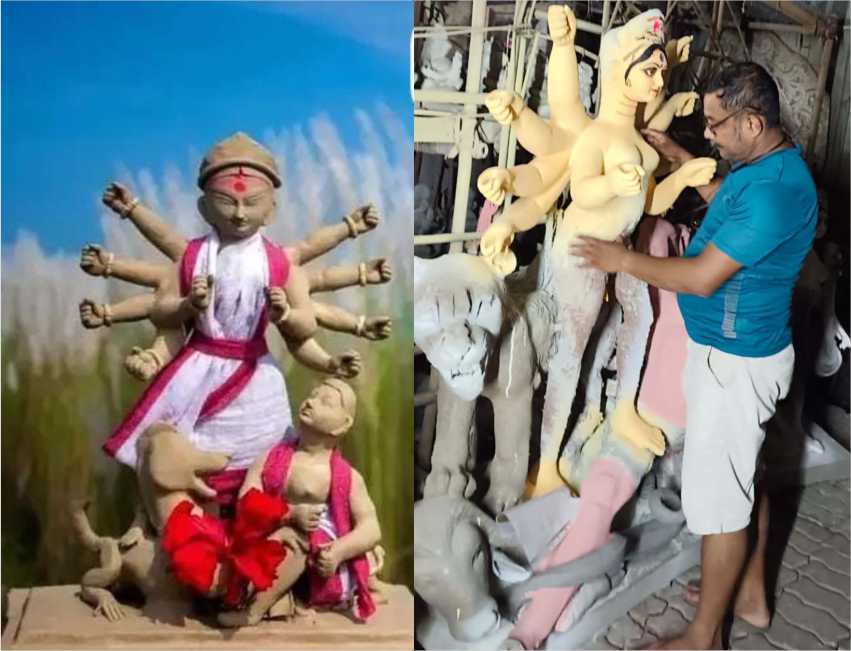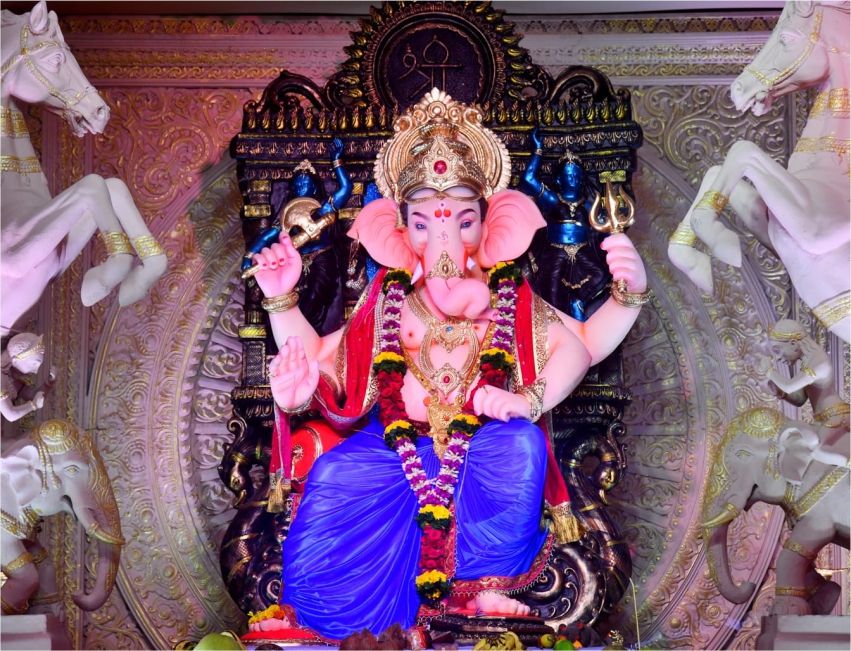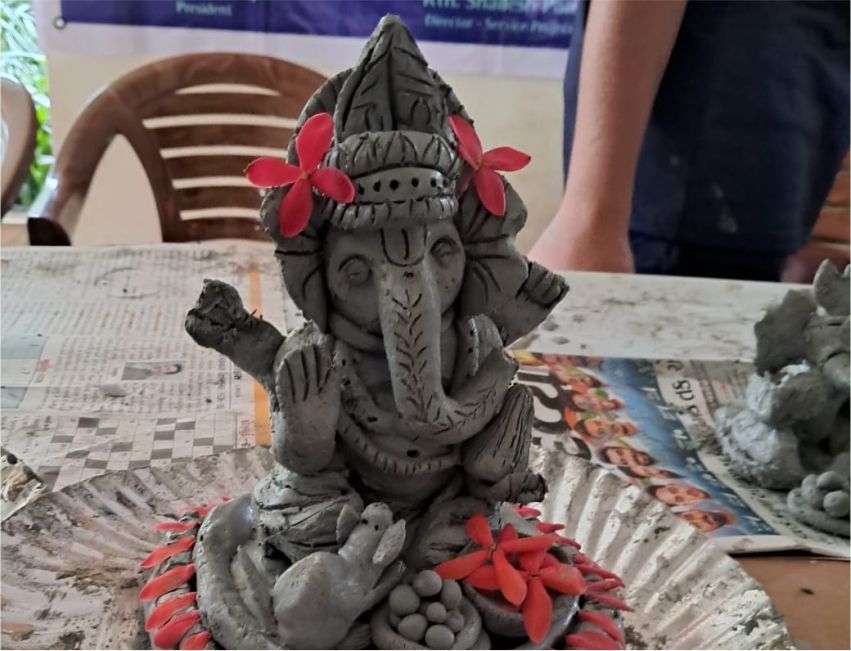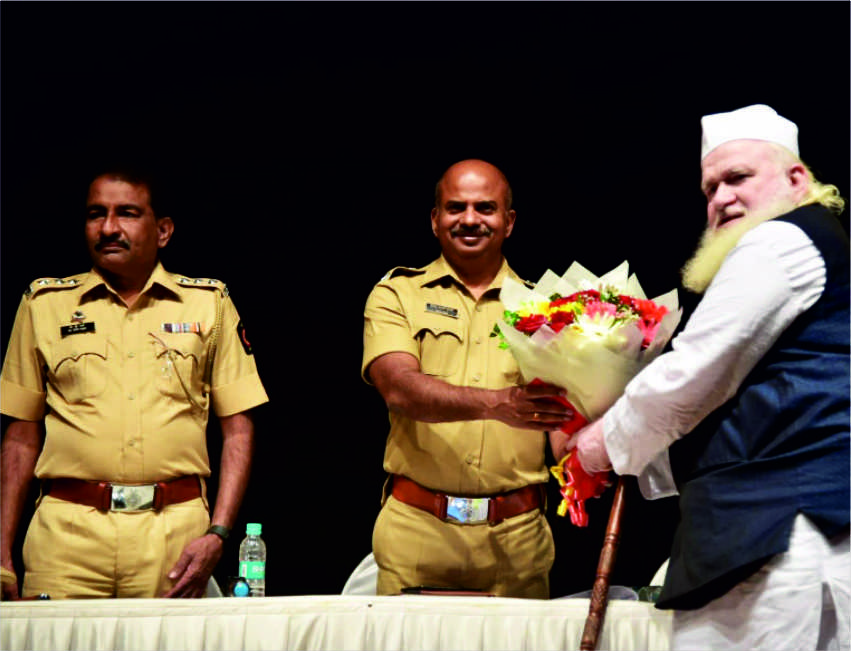The Making of Durga Idols: A Time-Honoured Eco-Friendly Tradition Continuing for Centuries

- Indrani Basu
- 13 Oct, 2023
As the autumn season heralds the arrival of Durga Puja, the skilled idol makers are in the final stages of crafting their masterpieces. On the auspicious day of Mahalaya, October 14th, the "Chakshudaan" or Drawing of Eyes ceremony will mark the culmination of their efforts.
The art of creating Durga idols, which originated in Kumartuli, the historic locality in Kolkata, serves as a shining example of an eco-friendly approach. These idols are meticulously fashioned using natural materials such as wood, bamboo, and the quintessential ingredient, soil from the Ganga river basin, known as alluvial soil or "Poli-mati."
Kumartuli, situated in Potuapada, Kolkata, has been a hub for this craft since the 17th century. Artisans in this area have faithfully carried on the legacy of idol making, following age-old techniques. In a similar fashion, many artisans from Kumartuli ventured to Mumbai in the early '70s and established themselves there while continuing their craft. As the number of Durga Puja celebrations steadily rises, their workload in creating these idols has increased.
Gobindo Chakraborty, an idol maker running workshops in Panvel and Taloja, is currently crafting a 21-foot Durga idol for the renowned singer Kumar Sanu's Puja. He generously shared insights into the meticulous and eco-friendly process used to create these towering idols.
To create an eco-friendly idol, a frame is first constructed using wood and bamboo, which is then covered with hay. A thick layer of red soil is applied to shape the idol, followed by a layer of alluvial soil from the Ganga basin, sourced from Kolkata. For the final layer, a semi-liquid mixture is prepared using powdered soil and water. A soft cotton cloth is dipped into this mixture and applied to the clay figure to provide the finishing shape, preventing cracks. Delicate parts such as the face, fingers, palms, toes, and nails are crafted separately and attached to the idol using mud paste.
The next stage involves colouring. A white base coat is applied, followed by a mixture of chalk powder and natural gum to give the idol a lasting texture. For the final coat, different natural colours, mixed with gum, are applied as needed. Once the colours have dried, a starch made from boiled arrowroot is applied to the entire body for a polished finish.
Rasaraj Pal, another veteran artisan from his Panvel workshop, emphasizes that drawing the eyes of the idol is a pivotal task, as the entire expression of the idol depends on it. Therefore, only camel color is used for this purpose. All other accessories, including hair, clothing, ornaments, and shola-based designs, are sourced from Kolkata. What's truly remarkable is that no synthetic or chemical raw materials are used, even the colours are natural, water-soluble variants. The gum used is also derived from tamarind seeds. This tradition of eco-friendly idol-making has been passed down through generations, and these artisans continue to uphold this practice.
Shola, obtained from the Goose Plant, is one of the most delicate materials used for decorating idols. Shola work is an intricate art form that demands precision and skill.




